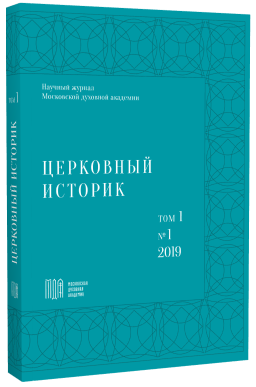Особенности переписки в лагерях СССР в 1920 – 30-е годы
DOI:
https://doi.org/10.31802/CHIST.2019.1.1.020Ключевые слова:
переписка, Соловецкий Лагерь Особого Назначения, письма, «бутылочная» почта, аббревиатурный гриф, поморы, предсмертные послания, СЛОН, Кемь, СоловкиАннотация
Настоящая статья повествует об особенностях переписки в среде заключенных в концентрационных лагерях СССР в период 1920 – 30х годов на примере Соловецкого Лагеря Особого Назначения. Уделяется внимание доставке официальной почты и неофициальным способам коммуникаций, распространенным в среде узников лагеря, в условиях информационной изоляции, искусственно организованной советской властью. Соловецкий Лагерь Особого Назначения выбран, как первый масштабный объект концентрации заключенных в годы гонений, и дает наглядное представление об оформлении почтовых отправлений и работе самой лагерной почты. Описывается роль духовенства, сосредоточенного в Соловецком Лагере в обороте писем и посылок. Сравниваются особенности переписки в царское и советское время.
Скачивания
Библиографические ссылки
Попов Г. В лапах ЧК /Пер. с гол. А. Куратовой. Амстредам, 1925.
Росси Ж. Справочник по ГУЛАГу. Ч.2. М.: Просвет, 1991.
Федоров П.В. Соловки. Кронштадт, 1889.
Флоренский П.В. … пребывает вечно. Письма П.А. Флоренского, Р.Н. Литвинова из Соловецкого Лагеря Особого Назначения. М.: Международный Центр Рерихов: Мастер Банк, 2011.
Загрузки
Опубликован
Как цитировать
Выпуск
Раздел
Категории
Лицензия

Это произведение доступно по лицензии Creative Commons «Attribution-ShareAlike» («Атрибуция — На тех же условиях») 4.0 Всемирная.







